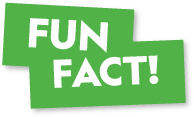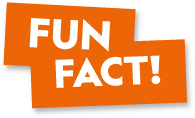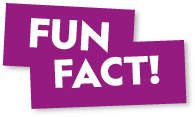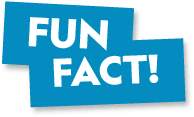From our office in London and homes around the UK, the Nat Geo Kids team use computers to research, write and design all the cool stuff you read and learn in the magazine.
A company in Germany transforms waste paper collected from nearby homes
and businesses into huge rolls of recycled paper.
These rolls are
shipped over to the UK.
Paper can be recycled up to six times, saving energy and water.

The finished magazine design is sent electronically to a printing factory in the UK, where the recycled paper is ready and waiting. The design is printed onto the paper by a roll printing press, a cool machine which can quickly produce lots of copies.
Printing all those pages uses a lot of ink! But fortunately, the empty ink cartridges are sent back to the ink supplier so they can be refilled and reused, reducing waste.
Most of the paper gifts that come with the magazine are printed in the UK by a ‘B Corp’ company. This special status means the business has super high standards for looking after the environment, its customers and employees.
That means the wood used to make them has been taken from sustainable forests which support wildlife and are managed in a way that benefits the lives of local people and workers.
Whenever your magazine includes stickers, these have been printed in the UK on FSC-certified paper.

Next comes the finishing process: the printed and bound magazines, paper gifts, and any other bonus items like stickers are all sent to a UK-based finishing centre where they are packed together in a large envelope ready for sale.
All of our regular suppliers and printers are based within 150 miles of the finishers, keeping our transport emissions to a minimum.

Each month, over 55,000 magazines are boxed up and sent by truck to a distribution centre, where they’re divided up into smaller packs and sent to local magazine wholesalers around the UK and Ireland. Then they’re finally delivered to your local shops.
Once you’ve bought and read your latest copy of Nat Geo Kids, you can add it to your collection, donate it to the library for someone else to read, or recycle it. Perhaps in the future the recycled paper will be remade into a brand-new issue for you to enjoy!
Unsold magazines are eventually returned to the finishing stage. After a quality check, they’re either recycled or repackaged to be sold as double-issue packs.
